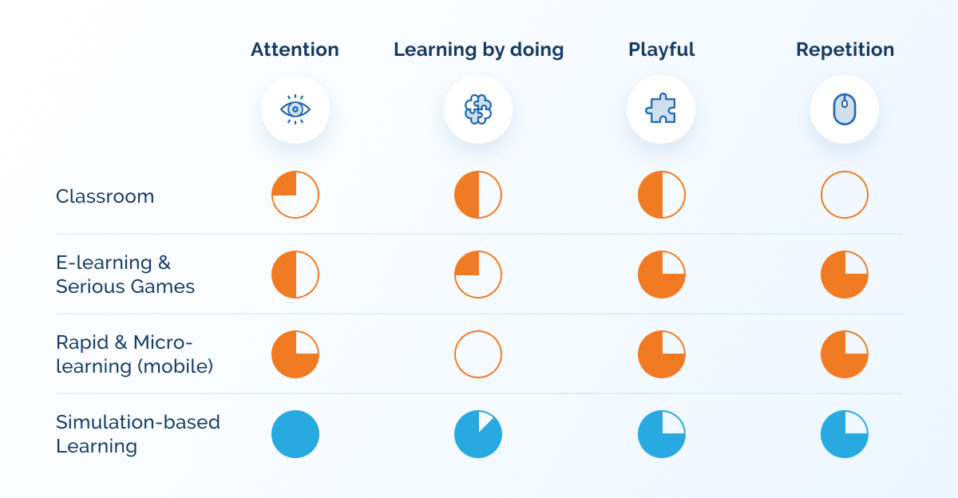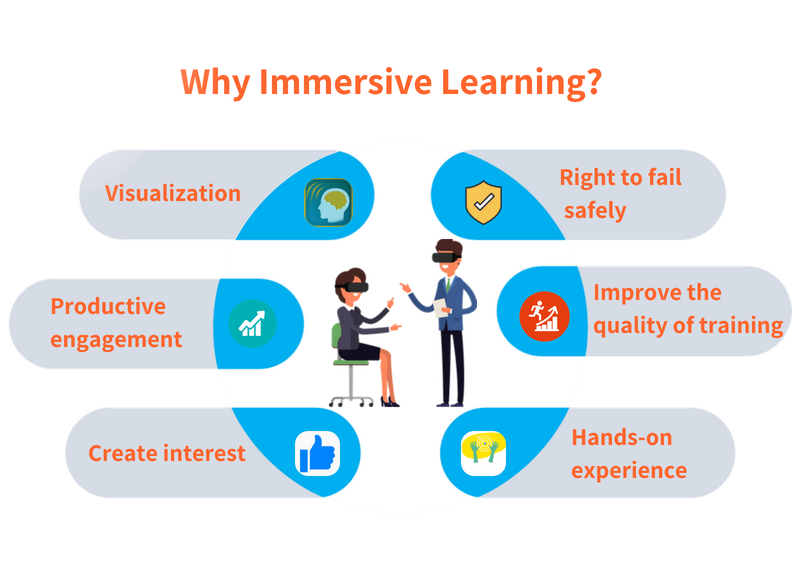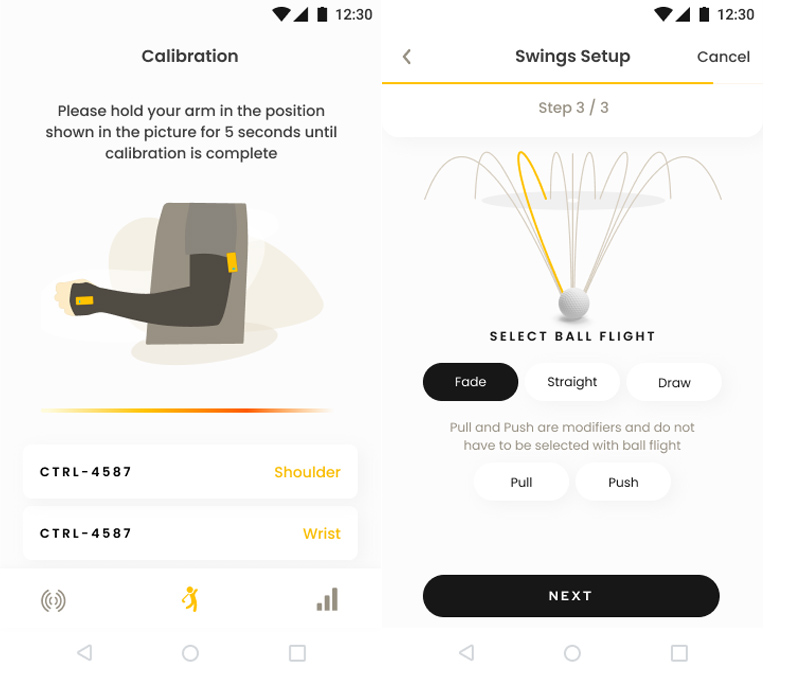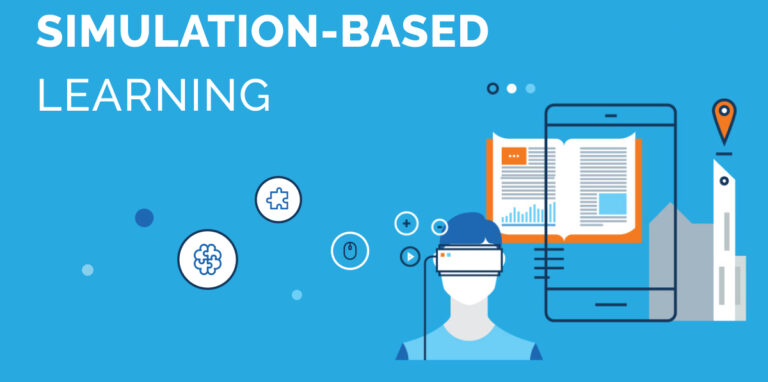Employees are the backbone of your company. They are the key to your company’s success. That is why employers tend to hire qualified professionals with or without work experience. But to perform to the standard, you require of them. They first need access to relevant knowledge, so they need to be trained.
The role of staff training cannot be overemphasized since it takes an active part in increasing the competitiveness of the enterprise and its growth due to the following three factors.
#1 Personnel training is the most important in achieving the strategic goals of the organization. Company employees must know and understand the strategic goals for achieving them. The need for rapid organizational changes in the face of increasing competition requires an increase in staff productivity, an increase in the quality of goods, an improvement in customer service, and a creative and innovative business approach.
#2 Training is enhancing the value of an organization’s human resources. Employees who have improved their professional skills will solve complex problems more comfortably and faster, more persistently seek and find the best answers to emerging questions, and cope with work difficulties more quickly. They will also have a higher level of loyalty to the company and a willingness to work to their utmost capacity.
#3 Organizational changes are difficult or impossible to implement without timely staff training.
Development of company’s staff is essential to you. Otherwise, you would not have read this material. Now you may wonder what the best way to train employees is? The traditional teaching method, which includes a teacher and printed materials, is quite expensive and ineffective. Fully computerized training is more effective, but unfortunately, it does not promote the new employee’s corporate culture and values. We recommend using a mix where most of the time, the employee is trained using the Learning management system, particularly with simulation.

The article will highlight the following topics: what simulation-based training is and what types of simulation software in education are. Also, we will give examples of the successful use of simulation technology in different industries.
What is Simulation Training?
Simulation training allows creating a realistic environment that is as close as possible to real life. Secondly, train specifically and point-wise— we kind of blur the line between theory and practice. As a result – the necessary skills are learned faster and better.
With simulation, the user works out his interaction with objects and other people in real-time. The technology makes it possible to most fully simulate situations that a user may find himself in, program several scenarios for the development of events, and play various techniques. For example, you can practice an employee’s behavior in emergencies, teach work on hard-to-reach infrastructure facilities, and create specific stressful conditions (for example, negotiation or intricate engineering work).
Immersive technologies (technologies that immerse a person in virtual space and include VR, AR, and 360 videos) are slowly but surely being introduced into all business processes. According to analysts, in the future, immersive learning may supplant classical education in corporations.
I will emphasize that simulation-based learning can be introduced into many standard learning formats. The main thing is to create an environment close to reality, saturate it with real working tools and invite a person to solve individual cases using these tools.
This type of training is so effective. There is a whole bunch of research that shows that if you are a human and interact with something in three dimensions instead of just looking on a piece of paper, you understand it much more profoundly and fundamentally. It’s just the way that our brains are wired.

Simulation-based training is a highly effective way of transferring critical skills to trainees in a cost-effective manner. It provides an optimum way for employers to assess how well their trainees are putting skills into practice and their decisions in front of simulated real-life situations. Learning in a safe and managed environment provides essential hands-on experience that integrates vital theoretical concepts with interactive, computer-simulated conditions.
Simulation methods of teaching can be used in many different business areas through 3D virtual representations of the work environment, such as customer service, the medical field, emergency services allowing for practical work in life-saving situations; the military and drone piloting; factory workers, etc.
Benefits of Simulation-Based Training
We have already mentioned some advantages of digital simulation. Now we will discover why more and more companies are investing in simulations to design employee training programs. Why is it so in demand?

There are some detailed benefits of educational simulation:
Effectiveness of Simulation Tools
There is a bunch of research that shows the effectiveness of simulation tools in education. Several factors affect the efficiency of training:
- Accuracy of the simulation. The accuracy and realism of the created simulation are essential. These models provide important real-time feedback to learners.
- The type of task being studied also affects performance.
Multimedia and the availability of immediate feedback are key ingredients for simulation learning. These factors make learning effective, increase the interactivity of the simulation, and help users continue to exercise.
Multimedia components such as text, audio, images, animation, video make the modeling tool more immersive. Research such as S. Jay Samuels and I-Chen Wu’s study shows that immediate feedback is incredibly effective in understanding the content and improving academic performance. They can immediately learn from their mistakes.
Types of simulation software
In this block of the article, we’ll cover three main types of simulations that can be created for different training needs.
Dialogue Simulation Software
Learning with this type of simulation involves a game where a real dialogue is simulated between, for example, a sales manager and a customer. It is an effective way to train salespeople, service personnel, and others who require good communication skills to work. With the help of a dialogue simulator, your employees can practice their skills in negotiating, communicating with clients – without the risk of ruining a relationship with a client. In each dialogue, an employee solves a problem of a certain level of difficulty in real-time. For instance, establish the first contact with a potential client or overcome a client’s objections.
Dialog simulation – implies the development of events according to different scenarios, depending on the answers. In other words, each student’s replica assumes usage of a particular scenario.
Guiding Simulation Tools
With this type of simulation tool, you can demonstrate the critical functions of your equipment and conduct simulation operations with it. This is a great way to quickly teach your employees how to use new equipment, devices or explain to customers how everything works if you are a manufacturer of complex technical equipment.

There are many tools on the market that allow you to record screencasts of a series of steps and even add visual cues for each step so that students can repeat the steps. Software is especially appreciated, where there is a possibility of simulation that allows students to practice all the necessary steps.
Behavioral Simulation Software
Behavioral simulations have similar characteristics to dialogue simulation types. Both of these types simulate real-life situations where students can practice their skills in a safe environment. Behavioral simulators are designed as serious games with characters and branching scenarios. Virtual reality (VR) or augmented reality (AR) simulators can be involved in this type of training.
This simulation is used in various industries, including defense, research, healthcare, emergency management, engineering, and urban planning. For example, there are serious games used in training and recruiting soldiers, and virtual reality simulators are designed to train doctors.
Learning simulations are a useful learning tool that prepares employees for the job tasks they may face. Whether you want your staff to learn how to handle a customer, handle hardware, or interact with software, the simulation will give your students all the opportunity to practice and reduce overall training time and cost.
Digital simulation training best practices
Simulation-based e-learning has dramatically accelerated learning and has proven to benefit companies in various industries greatly.
Let’s look at the role of simulation-based learning in the context of different industries:
Simulation-based training for business
Every business manager expects from their employees’ maximum productivity and to solve problems of any complexity. To provide this value, they need to get appropriate training.
You must admit that traditional learning takes a lot of time and resources from your employees. Most of them are so devoted to work that they have little time and energy left for training. Besides, during the training period, staff members should be released from their obligations. Considering it takes a day or more to attend a training program. Also, production and other processes can be significantly complicated. And, in the end, students can remember only 50% of the information provided. Unfortunately, it is almost impossible to go through this training again or repeat the necessary part of the lecture.
Due to these shortcomings of traditional training programs, simulation-based learning is gaining more and more popularity. First, employees can be trained when it is convenient. Secondly, they are immediately trained in a real environment, and there is no need for an instructor. Students can go through the same scenario over and over until they develop the necessary skills. It reduces the cost of preparing a formal learning environment and makes continuous learning available to employees.
Simulation-based learning in the educational industry
The approach using simulation-based learning is considered more progressive, as it provides a life experience, which in turn increases the remembering of the material. Teaching methods, in this case, are virtual learning scenarios in which the student is placed in a real environment and performs realistic actions. The scenarios can be managed by the program itself or by the teacher.
Digital simulation learning includes various forms of stimulation such as games, role-playing games, and other interactive activities. Thus, educational centers can provide their students with an opportunity to study and conduct experiments in high-tech laboratories using expensive equipment. At the same time, there is no need to allocate enormous resources for this. No amortization costs. And most importantly, there is no risk to the health of students or the laboratory.
To help students gain maximum knowledge, the programs in the simulation approach are non-linear and avoid ambiguity. The success of the simulation-based curriculum shows that students show 2x more enthusiasm throughout the program than traditional teaching methods.
While educational institutions increasingly use simulation-based learning, it is most commonly used in medical education and training.
Educational simulations in the medical industry
With the development of research, medical education around the world has undergone dramatic changes. The main reason for driving these changes is patient safety.
The changes that are being implemented in medical curricula are needed to give students theoretical knowledge and develop their various clinical skills. Simulation training uses tools to reproduce clinical scenarios. By using simulation tools that serve as fictitious patients, students can make mistakes and learn from them without injuring the real patient.
While simulation-driven scenarios can be conducted individually, it is mostly carried out in groups under conditions similar to real medical units. The advantage of such classes is the feedback that experienced medical specialists give when analyzing the completed practical lesson using simulation.
Almost everything that we said above is useful for hard skills improvement. But they can use simulation-based training to develop employee’s soft skills. Experts around the world say that simply reskilling the workforce is not enough. Companies need to develop the soft skills of their employees to get effective specialists. Josh Bersin, the global L&D analyst, states in a recent article that soft skills are “power skills” that can be developed successfully. Because of this, he urges companies to find ways to teach soft skills to employees.
Simulation technology helps to improve such soft skills as:
- navigating difficult conversations
- giving feedback
- learning and practicing empathy
- diversity and inclusion
Unfortunately, not all soft skills can be honed with immersive learning. Nonetheless, CEOs of enterprises admit that using a simulation-based approach to complex negotiation, feedback, education, and practicing empathy, diversity, and inclusion is incredible.
Our experience in developing an educational tool
We recently completed a project and expect that soon you will be able to familiarize yourself with this case in the portfolio, but for now, I will tell you in short about this project. The project’s main goal was to create a virtual personal trainer who adapts the training plan and improves the skill individually for each user. Applying unique algorithms, CTRL Golf tracks each training session’s progress, analyzes the playing style, and gives personal recommendations on improving the skill.
Golf is taught using an app and sensors that are attached to a special sleeve. The trainee puts that sleeve onto their arm. The golf sleeve catches the user’s wrist and shoulder movements during the swing.

Before starting the tutorial, the user has to do several swings to identify the game style and peculiarities to ‘teach’ the algorithms. Once the min number of swings is completed, a user can start training or continue educating the sensors.
The app generates detailed and highly visualized reports on the training results and general player progress based on the training statistics. So the user can get feedback consistency per club, swing, downswing, backswing, tempo.
As you can see, training can take place using different devices. The user can learn with video, sensors, VR and AR, etc. The most important thing in developing training tools is the maximum amount of details and different scenarios.
You may be wondering how much money you need to develop such an app. And we are ready to share this information with you. It is really hard to name the exact sum upfront because every app is different and the final price depends on its complexity, feature set, and presence of third-party services.
However, we can name the approximate price of the app MVP. Such a solution will have the most crucial features and great design, and it will cost you up to $30000 – 40,000. This MVP will let you test your app idea, see how the users interact with your solution, and then keep improving it further and extending its functionality. For your better understanding of the named price, we have prepared a table showing how much money is needed per each stage.
| Team | Dev hours | USD |
| Specifications | 191 | 4584 |
| Design | 126 | 2142 |
| Android Development | 665 | 13965 |
| Manual Testing | 219 | 3285 |
| Scrum Master | 301 | 5418 |
| Total | 1502 | 29394 |
While building CTRL Golf our tech worked with third-party integrations to add reporting, voice assistant, etc.
FAQ
To summarize
Simulation-based learning is the most effective learning technique for both your employees and your organization. Your money is better invested with simulation training because of higher learning retention and your employees will practice with relevant and practical scenarios that help to prevent mistakes.





